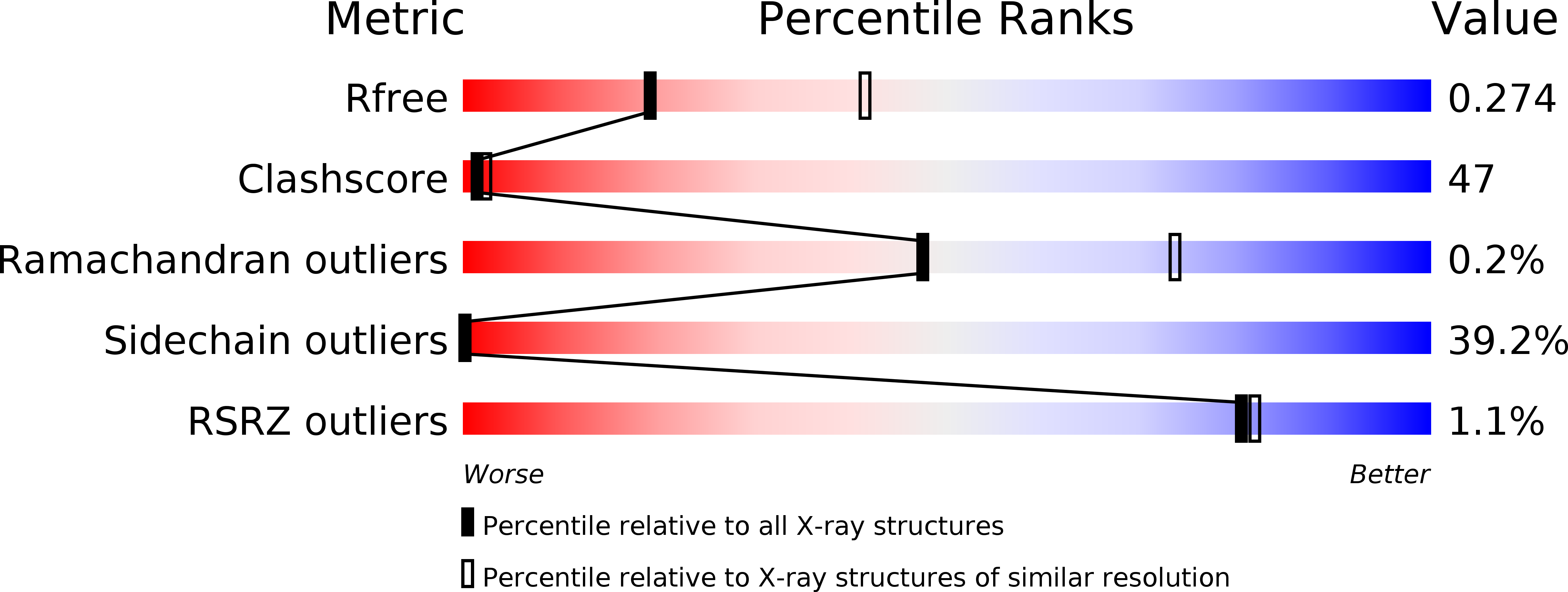
Deposition Date
2019-12-05
Release Date
2020-04-29
Last Version Date
2024-05-01
Entry Detail
PDB ID:
6TMS
Keywords:
Title:
Crystal structure of a de novo designed hexameric helical-bundle protein
Biological Source:
Source Organism:
synthetic construct (Taxon ID: 32630)
Host Organism:
Method Details:
Experimental Method:
Resolution:
2.70 Å
R-Value Free:
0.29
R-Value Work:
0.28
R-Value Observed:
0.29
Space Group:
P 1


